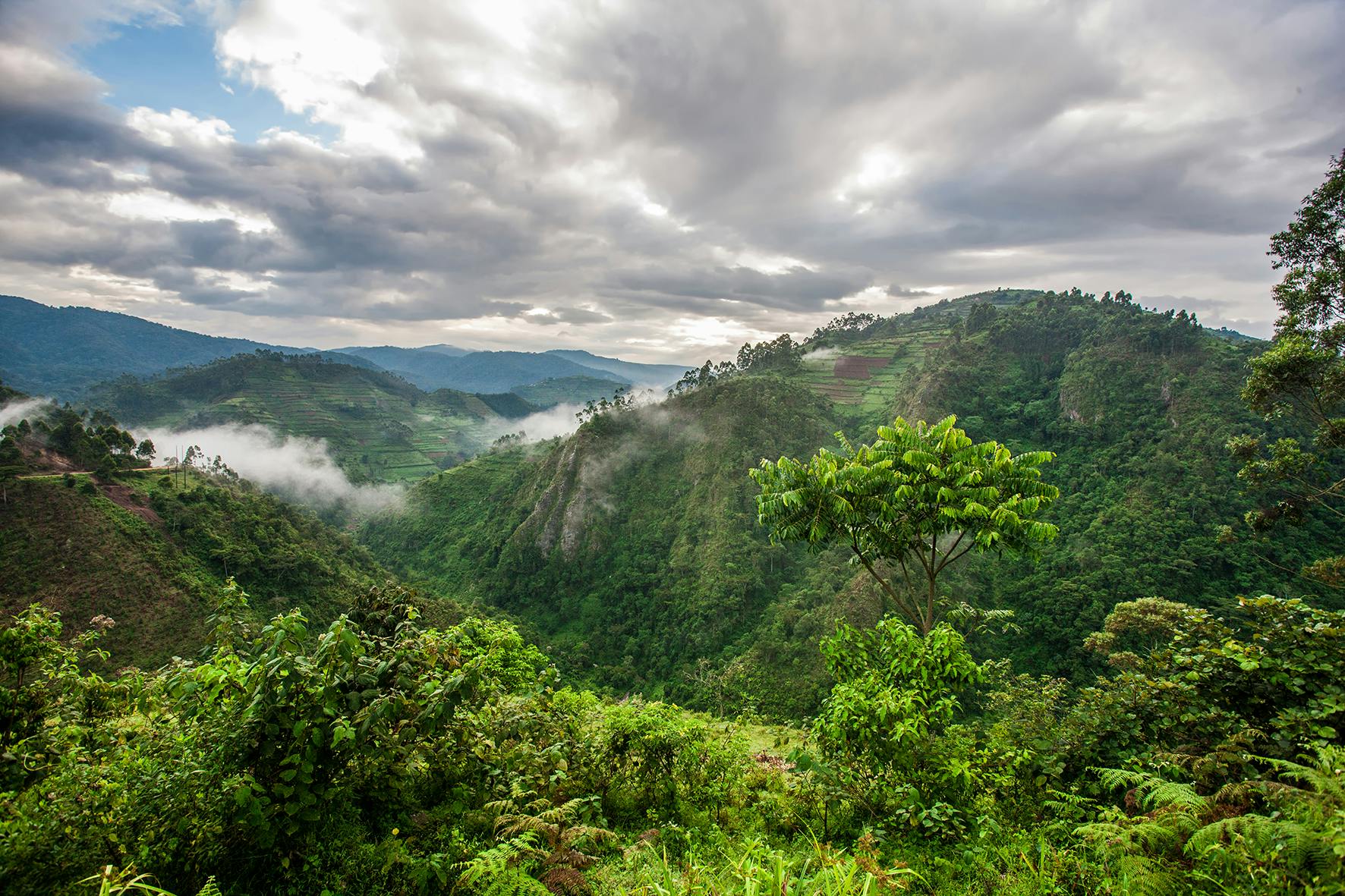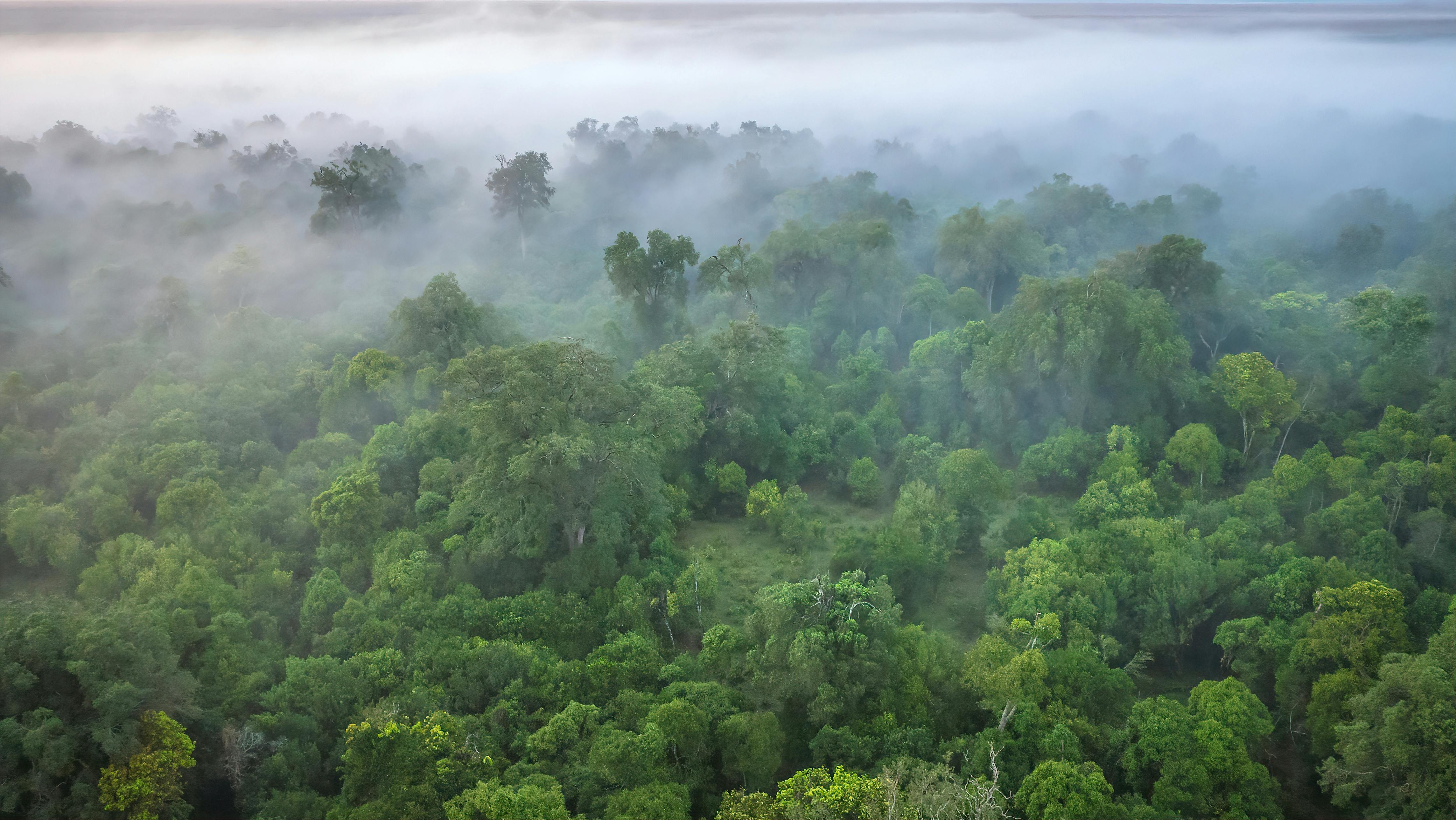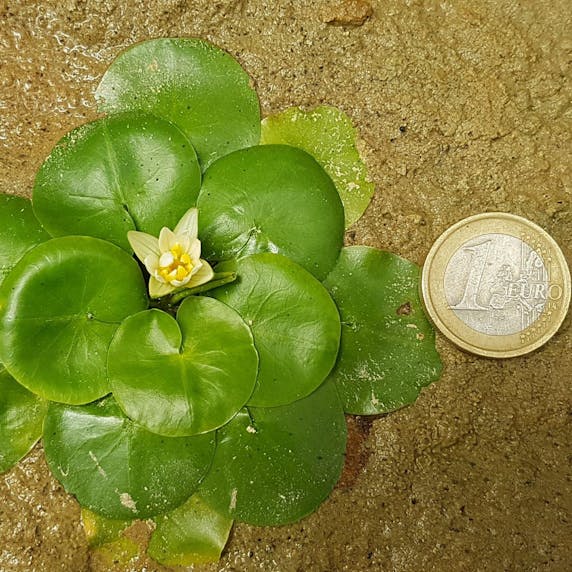
There are some 70 different species of water lilies, the largest of which gets leaves as wide as three meters. But the very smallest water lily is the rarest: the Rwandan water lily. Shortly after this tiny plant was discovered in 1987, it seemed extinct in the wild. But in 2023, a new source in Rwanda was discovered where the water lily grows. Rotterdam Zoo is cultivating these special plants to preserve the species and hopefully one day return it to the springs from which it came.
Nymphaea thermarum

The Rwandan water lily has the smallest leaves of all water lilies, measuring about a centimeter wide. One plant consists of several stems with a leaf at the end. Together, those leaves form a "rosette": a larger circle of several leaves. This grows to about twenty centimeters wide. The flowers are white with yellow stamens and stick out just above the leaves.
The Rwandan water lily only grows under very specific conditions, in hot springs in southwestern Rwanda. It thrives at the edges of these springs in water that's approximately one centimeter deep. The water lily can only survive in water temperatures between 22°C and 26°C.

In 1987, German scientist Eberhard Fischer discovered the Rwandan water lily. He actually saw right away that the species was doing poorly. This was because the local people desperately needed the water flowing to the spring to survive. As a result, the water level dropped and the shallow layer of water in which the Rwandan water lilies grew dried up. Before that happened, Professor Fischer decided to take a few plants to Kew Gardens in England and the Botanischer Garter Bonn in Germany to prevent the species from going extinct.

The Rwandan water lily is perfectly adapted to Rwanda's hot springs. This has a major downside: the plant is very sensitive to conditions that differ from their natural habitat. A small difference in temperature, nutrients or water depth can cause a culture to fail. It took scientists in England and Germany a long time to figure out exactly what the Rwandan water lily needs to grow. It wasn't until 2009 that staff at Kew Gardens managed to successfully grow the plant. Since then, this botanical garden has produced and exchanged many Rwandan water lilies with other botanical gardens.

In 2023, the National Herbarium of Rwanda led an expedition to a number of hot springs in western Rwanda. There they stumbled upon something surprising: a relatively large number of wild Rwandan water lilies. So while the Rwandan water lily had previously been declared extinct in the wild, there was a second location where the water lilies were growing! Scientists at the National Herbarium immediately took seeds from the plants to breed the plant, to prevent the water lilies from disappearing from this source as well. Rotterdam Zoo supported this expedition and continues to work with the National Herbarium of Rwanda to preserve this unique plant.
Diergaarde Blijdorp is one of the few botanical gardens that cultivates Rwandan water lilies. In the botanical greenhouses behind the scenes, botanists keep the water lilies at the right temperature and make sure the water contains the right nutrients. Because the plant has very specific requirements to grow, it does not always succeed in producing new water lilies. But by continuing to experiment with water lilies, we are gaining more and more experience with these delicate plants and are able to grow them more and more successfully.
